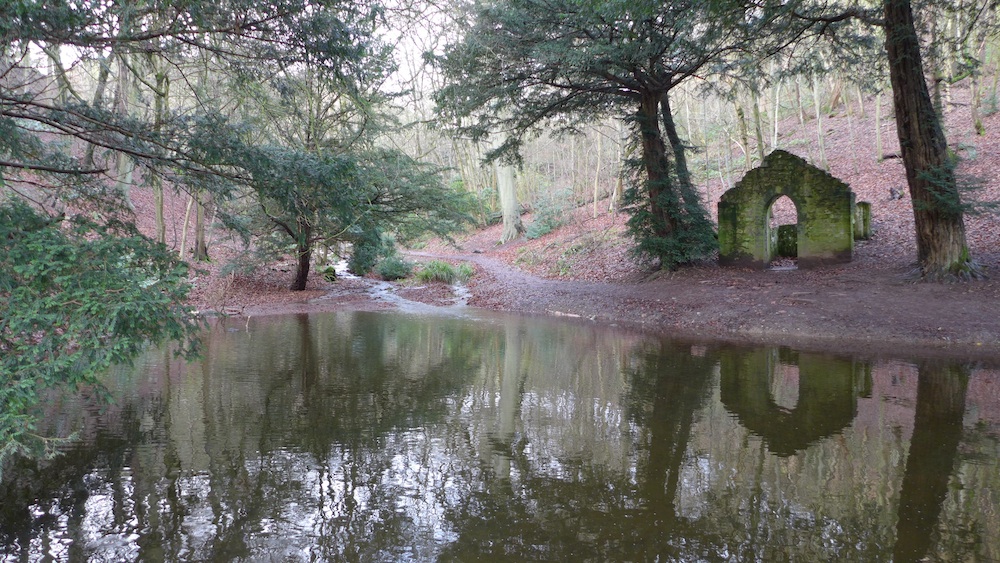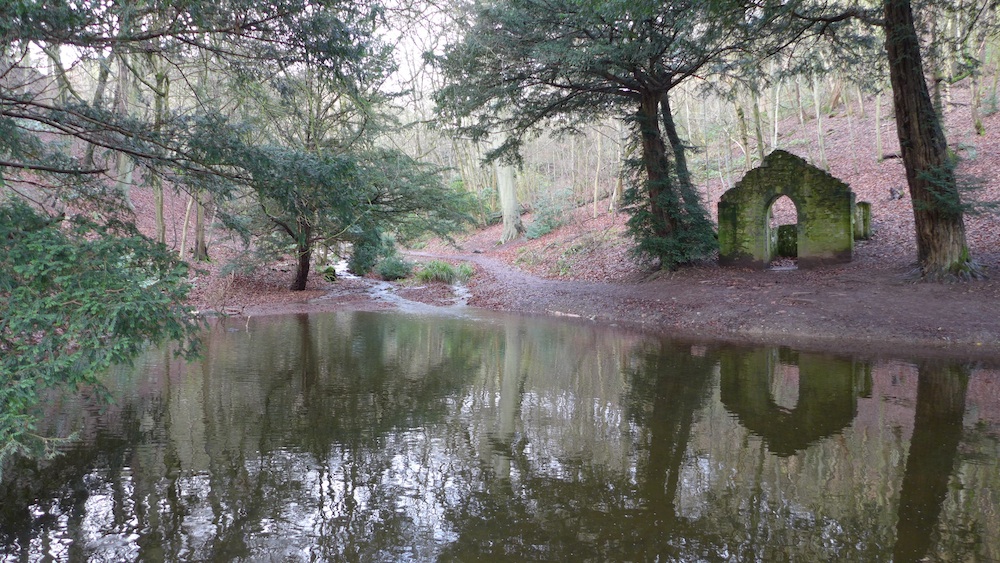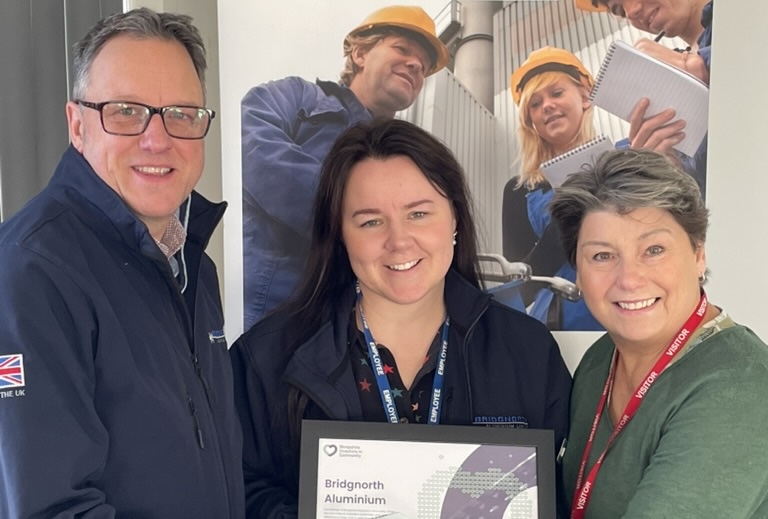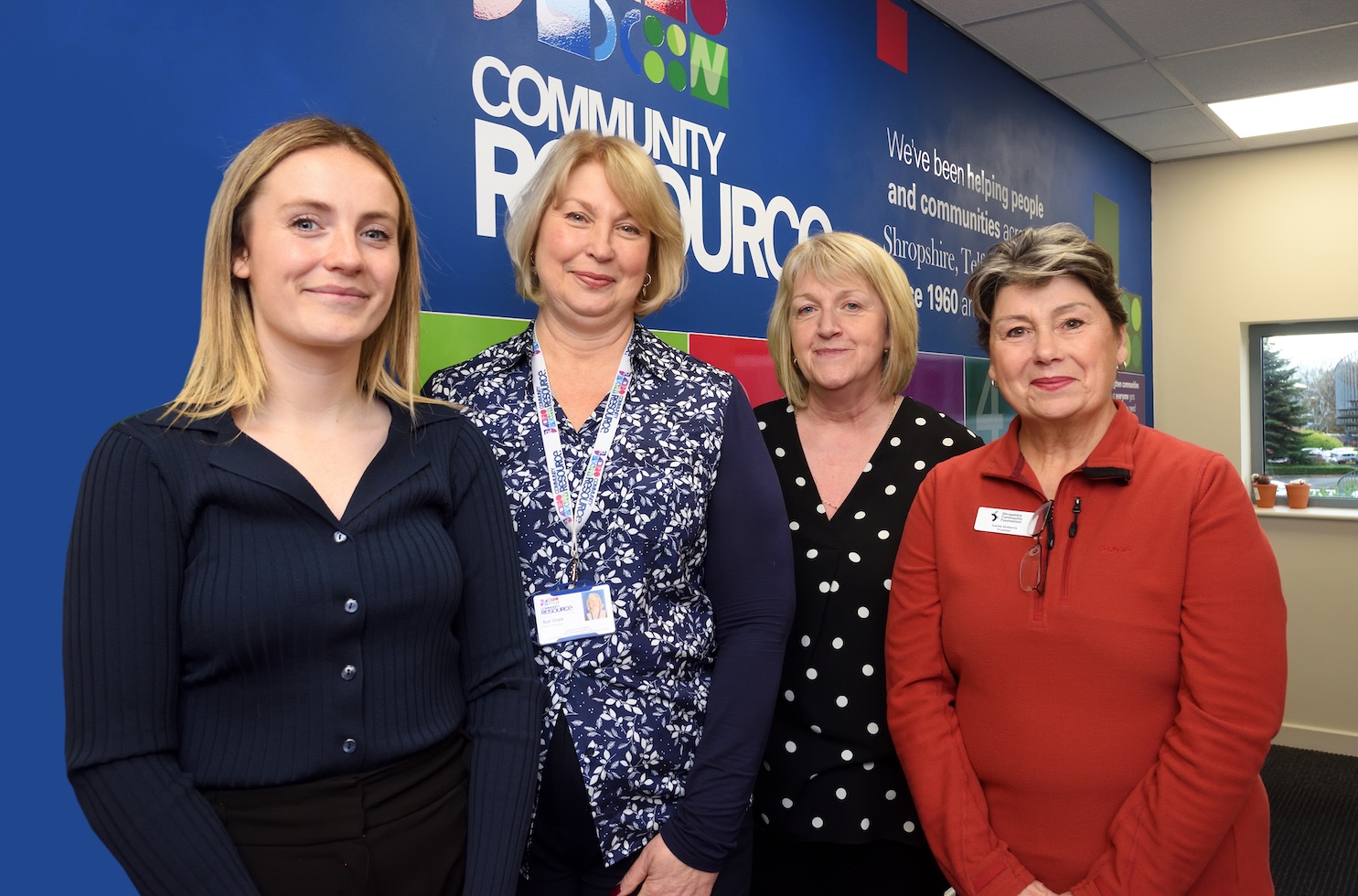
Ed Andrews muses on the lasting legacy of two men with a gift for natural landscaping.
It’s a winter day in Rectory Wood, Church Stretton. A lime tree stands tall with a huge unclipped midriff of lush growth, close to a tangle of bramble and elder. The air is sweet with the smell of decaying leaves. Sycamore trees, typically considered weeds in a woodland setting, have seeded freely and are spreading throughout the site. Tucked in between the town and the open hills, this feels like a forgotten landscape. The scene today is far removed from the late 1700s, when Rectory Wood and the adjacent field were a carefully designed and tended pleasure ground inspired by the most famous landscape designer of all time – Lancelot ‘Capability’ Brown, whose birth was 300 years ago this year.
Natural by design
Rather than being based upon highly patterned formal gardens, his style of landscape design used nature as an inspiration. He created some of the most famous parkland landscapes in the country, including Weston Park and Blenheim Palace. As well as being elegant and aesthetically pleasing, Brownian landscapes were functional, providing for the needs of the great house with which they were associated. Brown used watercourses and clumps of trees to create sweeping vistas. As his reputation grew, the scale of his endeavours increased. He was even known to move hills in order to create a ‘perfect’ version of nature.
Rectory Wood was originally laid out in 1775 by the rector of the time, James Mainwaring. Mainwaring and Brown were friends and it is believed Brown had an influence on the design; certainly Rectory Wood had features that were typical of the Brownian style. The Town Brook would have been a central feature and there would have been two formal walks around the site – the Ladies’ Walk and the Gentlemen’s Walk. Each led to viewpoints that were emphasised and enhanced by careful positioning of trees.
Over time, nature has taken over the site and viewpoints and the original planting scheme have been lost. The next few months are a crucial time for Rectory Wood. I’m working with Church Stretton Town Council and Rectory Wood and Field Interest Group to review the site management plan for the next five years. This document outlines how the site will be managed to preserve its unique history and encourage wildlife. A series of wildlife surveys, guided walks and workshops have been carried out with the local community to inform the management plan. We’ve also encouraged people to try and document what they feel is special about the site so that the management plan can recognise the unique ‘spirit of place’.
A landscape made for walking
I like to think that the original design of Rectory Wood would have taken the walker through a carefully orchestrated experience. Each stage of the walk would have presented a different scene, inspired a different set of emotions, and provoked a feeling of excitement about what was to come.
The historic entrance to the woods is next to a huge sweet chestnut. On one side of the tree is the old Rectory wall, topped with eroded coping stones. On the other side is a curious grotto, where stones have been placed in the bank and are now decorated with ferns. Beneath the spreading boughs of the chestnut it is dark and the air is still. The stones seem to emit a chill. Carry on along the winding path and each step forward brings the bubbling sound of water closer. Each tiny droplet of water is a note and the brook reaches a crescendo by a waterfall… cross a bridge and suddenly –silence again. The path emerges by a mirrored pool ringed by yew trees and overlooked by a gothic-style folly.
The pool marks the start of a dramatic valley. In summer, rare and exotic varieties of rhododendron provide a colourful backdrop to the walk. In winter, the only colour is a flash of yellow as a wagtail picks in the mud at the edge of the pool. James Mainwaring clearly felt that this setting was a fitting finale to the walk; he had a summer house built so that he could appreciate the sublime view down the valley. In 2009 the Independent awarded Rectory Wood the honour of being the ‘least stressful location in the UK’. Clearly the incredible vision of Capability Brown and James Mainwaring still has resonance to this day.
Do one thing for wildlife this month…
Volunteers have an important role helping preserve and enhance the special qualities of Rectory Wood. Monthly work parties are held at the site tackling jobs such as clearing trees, maintaining paths and repairing fences. We’re also keen to hear from people who can help out with surveys to document more hidden secrets. If you’re interested, contact me on edward.andrews@shropshire.gov.uk or 01746 781192.
To find out more about events celebrating the 300th birthday of Capability Brown, visit capabilitybrown.org






